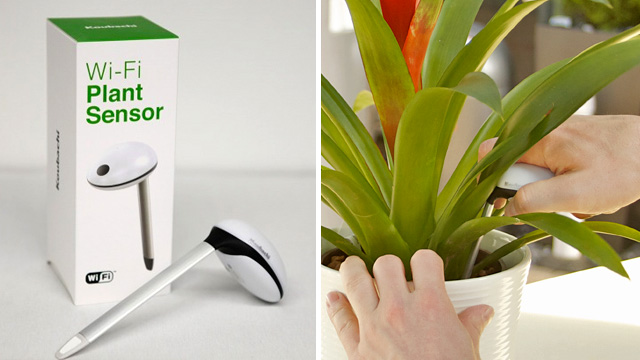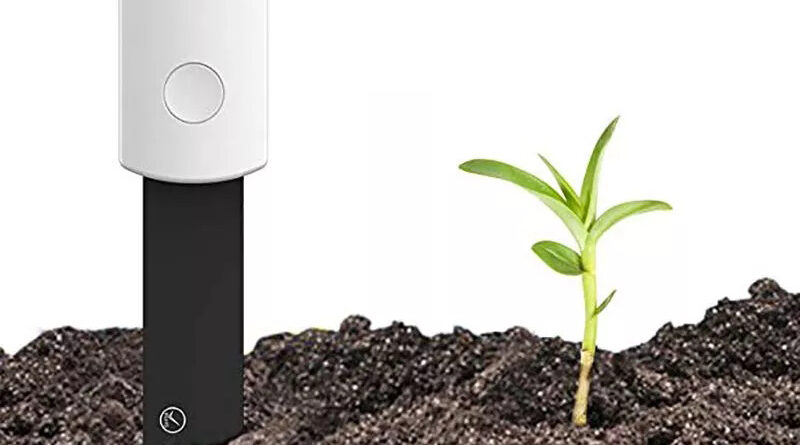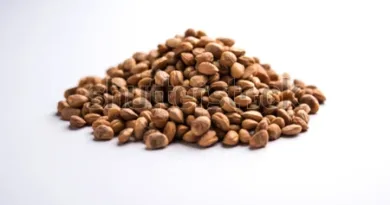Wearable Plant Sensor – 2024
Wearable Plant sensor
Plants can have wearable plant sensor attached to them in order to monitor and identify their overall health as well as any inadequacies. This breakthrough is the integration of smart technology, which allows biosignals to provide deeper insights into plant health more quickly than they could have using old approaches
What is a wearable plant sensor?
In order to track a plant’s health and surroundings in real time, wearable plant sensors are tiny electrical devices that plants can wear. Usually, these sensors log a number of variables, including temperature, light intensity, nutrient levels, and soil moisture content. They enable farmers, gardeners, or researchers to monitor the health of the plant and modify treatment as necessary by wirelessly transmitting data to a computer or smartphone that is linked.
Committed to more sustainable and effective agricultural practices, wearable plant sensors allow for precise and timely treatments that support optimal growth, resource usage, and general plant health.

Follow Our Digiknowledge.co.in Page for Latest update about Bikes, Cars, Sports, , Life style and many more.
What is Purpose and Placement of Wearable Plant Sensors?
Plant health and environmental variables are to be continuously monitored by wearable plant sensors. These sensors are carefully positioned on plants or close by to collect information on vital characteristics including temperature, light exposure, soil moisture, and nutrient levels. Through continuous monitoring of these variables, wearable plant sensors empower farmers, gardeners, and researchers to make well-informed decisions about fertilization, irrigation, and other maintenance procedures.
The accurate data enables preemptive measures to maximize plant development, resource utilization, and general well-being, ultimately augmenting agricultural output and sustainability while reducing ecological footprint.
How Wearable Plant Sensors Work ?
In order to monitor many environmental parameters, wearable plant sensors usually use an electronics and sensor combination. Positioned directly on or close to the plant of interest, these sensors are frequently integrated into a tiny gadget. Variables including temperature, light intensity, nutrient levels, and soil moisture are continuously monitored by them.
Once collected, the data is analyzed by the inbuilt electronics of the device and wirelessly transferred to another device for analysis and interpretation, like a computer or smartphone. Through prompt interventions and modifications to improve growth and overall well-being, users can monitor plant health and environmental conditions .
What are the Benefits and Insights of Wearable Plant Sensors?
- For agriculture and research, wearable plant sensors provide a wealth of advantages and insights.
- They enable accurate and timely adjustments to irrigation, fertilization, and other care techniques by providing real-time data on critical factors including soil moisture, temperature, and light exposure.
- These sensors help maximize productivity and resource efficiency by continuously monitoring plant health and providing insights into growth patterns, stress responses, and resource consumption.
- They also make it easier to identify illnesses, pests, and environmental stressors early on, enabling preventative measures. In general, wearable plant sensors provide researchers, farmers, and gardeners with useful data to improve crop yields, sustainability, and resistance to environmental change.
What are the Applications Wearable Plant Sensors?
There are several uses for wearable plant sensors in environmental monitoring, research, and agriculture.
- They make it possible to precisely monitor crop health in agriculture and to optimize methods for fertilization, fertilization and insect control. These sensors are used by researchers to investigate the physiology of plants, how they respond to stress, and how the environment affects their ability to grow.
- Wearable plant sensors also assist with urban farming projects, enabling people and groups to grow plants in constrained areas with the best possible care.
- In order to ensure that plant life is successfully established and maintained in difficult conditions, they also support the monitoring of green roofs, revegetation initiatives, and ecosystem restoration projects.
- In general, wearable plant sensors support scientific research, environmentally conscious farming, and sustainable agriculture.
What are Future Prospects Wearable Plant Sensors?
As sensor technology, data analytics, and artificial intelligence continue to progress, wearable plant sensors have a bright future ahead of them. Over time, these sensors should become increasingly widely used in agriculture at all levels of operation, from small-scale farming to large-scale production, as they grow more compact, inexpensive, and energy-efficient.
Plant health may be remotely monitored and managed with ease thanks to integration with Internet of Things (IoT) technologies, which will provide smooth connectivity and data sharing. Furthermore, as machine learning algorithms progress, these sensors’ predictive power will be increased, allowing for more accurate crop management practice optimization and proactive decision-making.
All things considered, there is a lot of promise for wearable plant sensors to transform agriculture and move toward efficiency and sustainability.
Can wearable sensors be used for in-situ plant health monitoring?
Of course! Plant health data is collected in-situ and in real-time using wearable sensors. They present an alluring path for precision agriculture’s sustainable advancement.
How can wearable technology improve plant health?
The organs of plants, like stems, leaves, and fruits, have wearable sensors placed on them selectively. By analyzing many characteristic biomarkers and characteristics, these sensors evaluate the health of plants. Next, electrical data is generated from the bio-signals the sensors have detected in order to facilitate analysis. Wearables essentially enable us to closely monitor the internal physiological traits of plants as well as the microenvironment that directly affects their growth1.
What are some examples of wearable plant sensors?
Leaf-Embedded Sensors , Stem-Integrated Sensors , Fruit-Specific Sensors . Disease Prediction Sensors , Nutrient Monitoring Bands , Microclimate Wearables.




